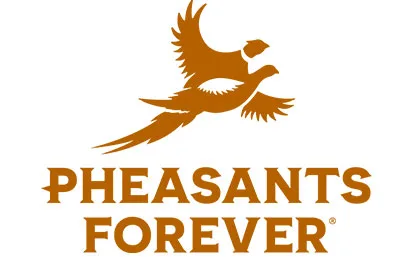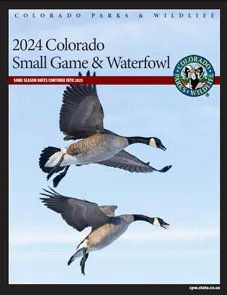Habitat
First, make sure you are hunting where there are pheasants! Throughout their range, pheasants are associated with cropland habitats. The map below shows shaded regions of Colorado where there are populations of pheasants.
CRP Fields
CRP Fields are the most predictable habitat, as they provide areas for nesting, brooding and wintering pheasants. Cover quality in CRP fields can be extremely variable, depending on the age of the field, the grass mix planted and impacts of recent droughts and/or management prescriptions.
Keys to Pheasant Abundance in CRP
- New CRP fields that are planted to a sorghum cover crop, or young stands of CRP still dominated by annual weeds, are normally the most productive fields for hunting pheasants.
- As grass begins to take over a field, pheasant abundance generally declines, but can be very good if weeds and alfalfa are present in the field. Expect pheasants to leave these fields to feed in adjacent fields, but to return at night to roost and to loaf during the day.
- Mature grass stands can be great for pheasants, but birds usually rely on adjacent lands to provide brood habitat and food sources. The key is to find mature fields with switchgrass and yellow Indian grass (look for orange and red colored grasses), next to crop stubble.
- Poor quality CRP can be productive, as some pheasants prefer to night-roost in thin cover.
- Pay attention to adjacent crop field for food sources and alternative roosting cover, in addition to woody cover.










